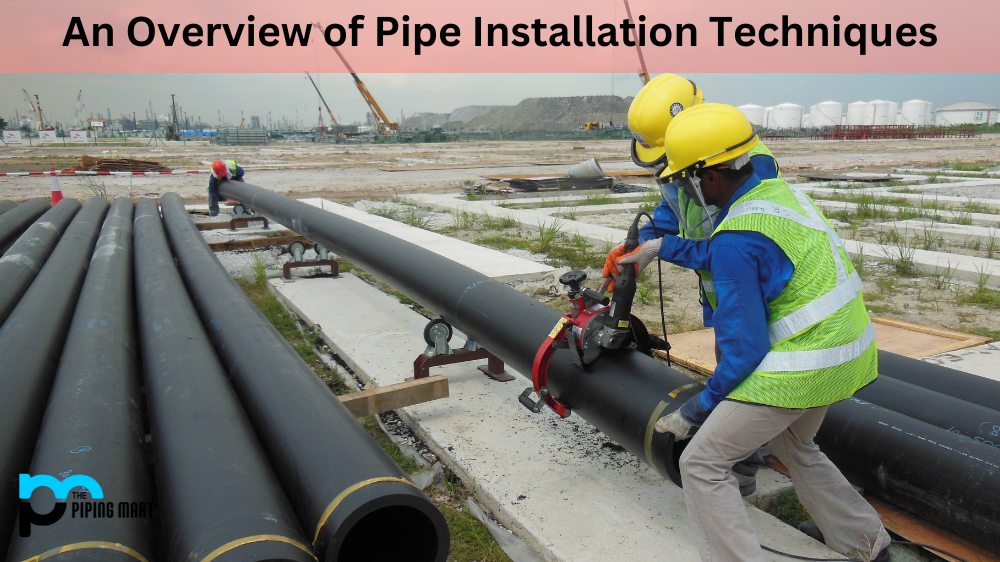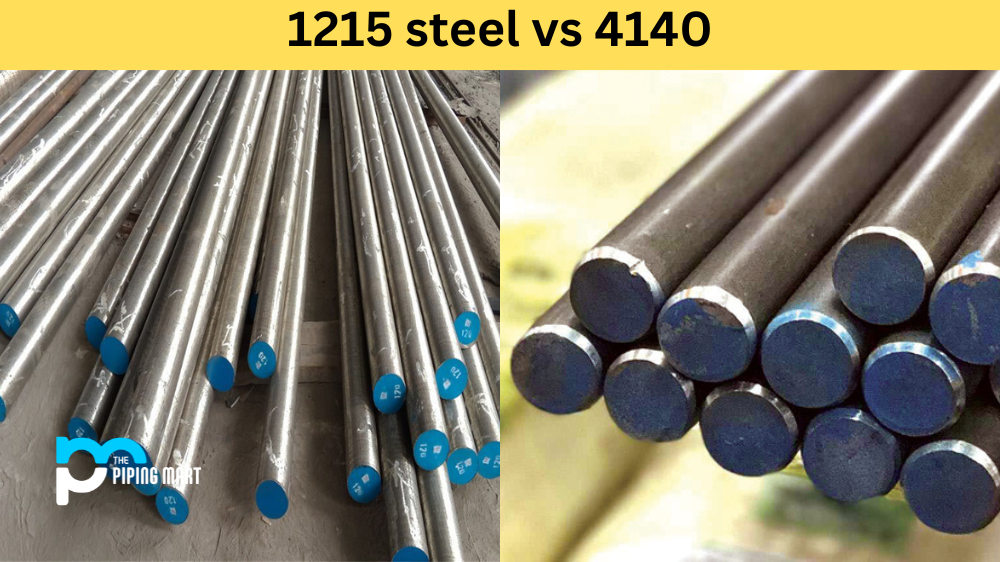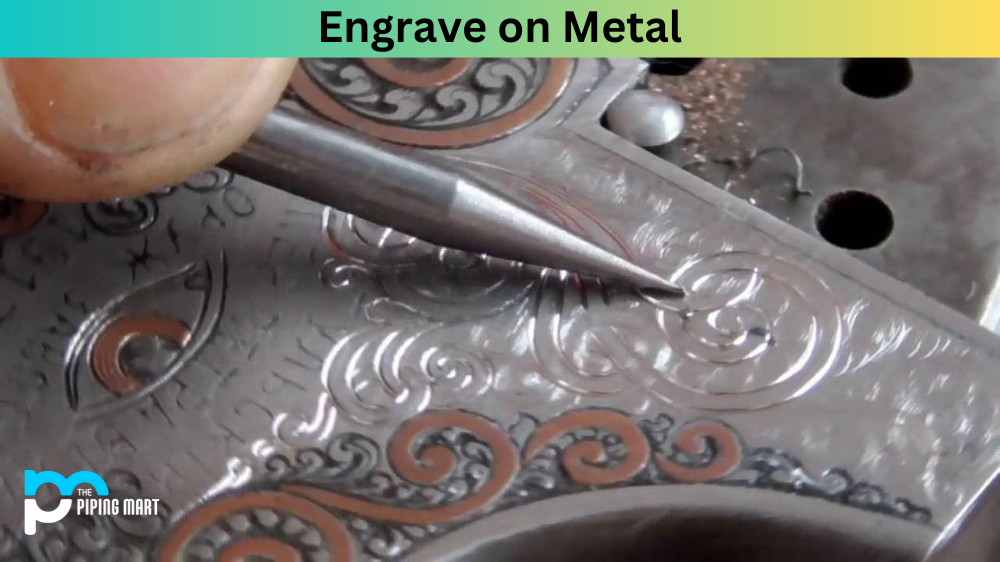Installing pipes correctly ensures a safe, durable and reliable plumbing system. This blog post will provide an overview of the different types of pipe installation techniques and discuss their benefits and drawbacks.
Heat Fusion Joining Process
The heat fusion joining process involves using heat or electricity to join pipes into one seamless piece. This technique is popular because it creates a stronger, more secure connection than other joining processes. It also eliminates potential points of failure due to corrosion, vibrations, or other factors that could cause pipes to become loose over time. The downside is that this joining process requires specialized equipment and training to be completed properly. Heat fusion joining should only be done by a professional plumber with experience in this technique.
Pressure Fitting Installation Methods
Pressure fitting installation methods involve using a “pressure fitting” tool to attach two pipes together without the need for welding or additional heating. The pressure fitting consists of an adapter that fits over each end of the pipe and is secured with nuts and bolts. This method allows for quick and easy installation without any specialized equipment or training required; however, pressure fittings may not create as tight a seal as a welded joint, so they should be used with caution in areas where leaks are not acceptable.
Compression Fitting Installation Techniques
Compression fitting installation techniques involve using compression fittings—specialized connectors designed to fit tightly around two pieces of pipe—to join them together in watertight connections without soldering or welding. Compression fittings are popular because they are easy to install and require no specialized tools or equipment; however, they may not form as tight a connection as some other joining processes, so it’s important to know when these fittings should be used instead of others. Additionally, these fittings require special lubrication in order to ensure that they remain watertight over time.
Conclusion:
Pipes must be installed correctly for your plumbing system to function properly for years to come. Several types of pipe installation techniques are available depending on your needs, from heat fusion joining processes that require specialized equipment and training to pressure fitting methods that can be done quickly without any additional materials needed. No matter what type of pipe you choose for your project, it’s important that you understand how each type works and which one best suits your needs before beginning the installation process. With proper knowledge about the different types of pipe installation techniques available today, you can make sure your project is installed right the first time!

Pipingmart is B2B portal specializes in industrial, metal and piping products. Also, share latest information and news related to products, materials and different types grades to help business dealing in this industry.




